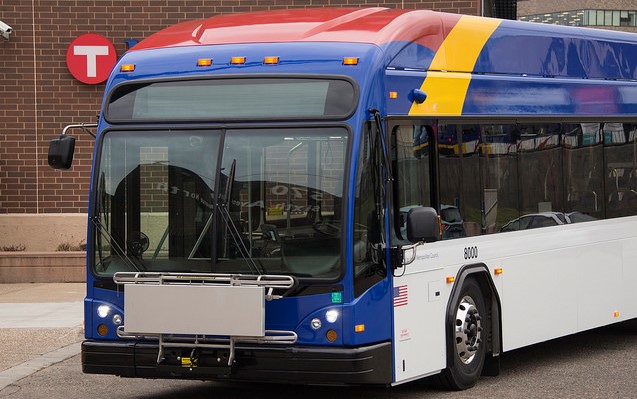
Transit terminology can at times be difficult to decipher. The terms route, trip and segment are among those that can be confusing. Here's an explanation of how these terms should be used:
Isn’t it just called a trip when I take transit?
Colloquially, a “trip” can mean whenever a rider uses transit to arrive at a destination. This can involve being on a route, trip, and a segment.
What’s the difference and why does it matter?
Each of these terms breaks down our service into a specific unit of measurement we use to describe our service not only to our employees, but also our riders.
When quarterly updates to our service schedules occur, we use these terms to communicate changes.
Duty

Duty is an operator’s work shift. Duty can refer to a route or multiple routes, if an operator works more than one in a day.
E.g. Today, Skip Traffic’s duty is driving the A Line in the morning and the Route 33 in the evening.
Route

A Route is the entire service a transit line provides along a corridor throughout the day. This is made up of trips and segments.
E.g. The A Line’s route is from Rosedale Center Station to the 46th Street Station in Minneapolis.
Trip

A Trip is the entire list of stop/Station pickups on a route from the start to finish. When looking at a time schedule, it’s all the times listed on one horizontal line.
E.g. The A Line completes a trip is when it travels from Rosedale Center Station to the 46th Street Station in Minneapolis. This trip repeats throughout the day, creating a route.
Segment

A Segment is traveling from one stop/station to the next stop/station on a route during a trip.
E.g. The A Line starts at the Rosedale Center Station and arrives at its next nearest station at Snelling & County Road B.